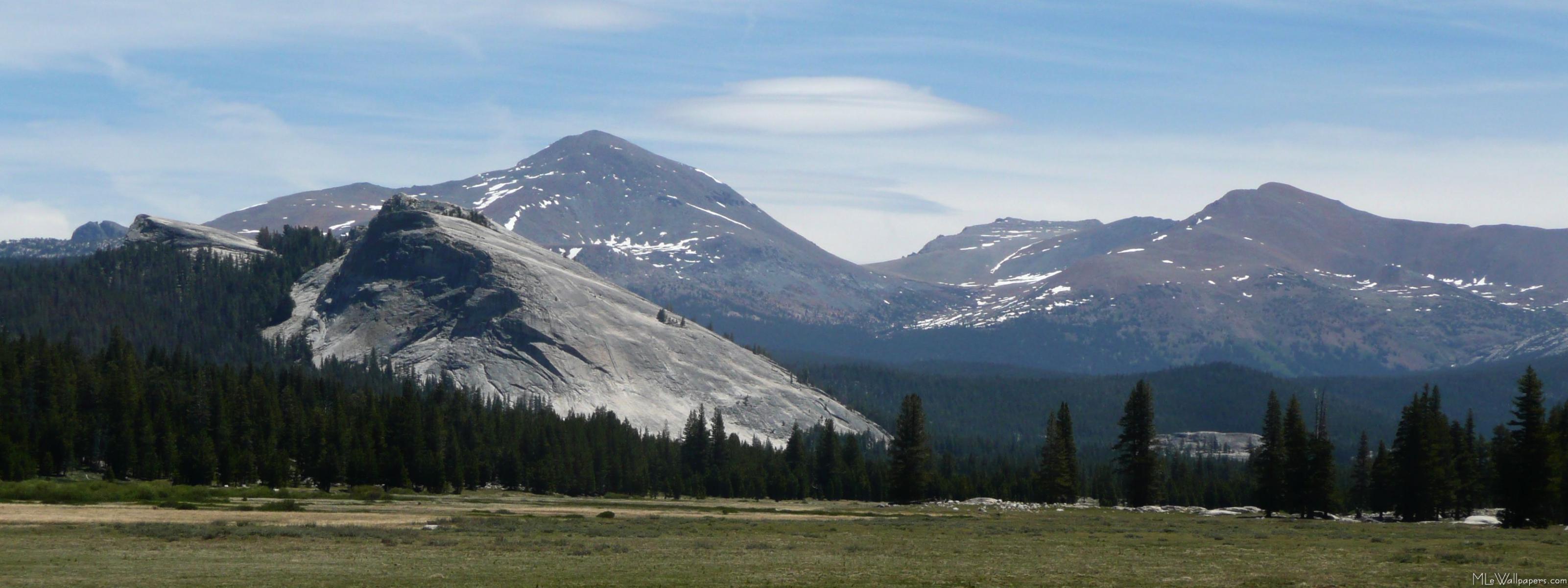Of my most valued skills that I learned in my undergraduate studies at Occidental College, the most important was to think critically. I learned to do this in the classroom, in conversations with professors, in my own studies, on the football field, and dealing with my schoolmates.
What is critical thinking? I think of it, in it's most basic sense, as problem solving, the analysis of the problem, the searching for a solution, and the decision on the course of action, and the implementation of the solution.
I always ask my students "how" and "why" questions in order to get them to think critically as to how and why things happened in the past, how and why they're happening now, and how and why they may happen in the future. I don't want them to tell me what, when, or where.
They always ask me if my AP US History class is a "names and dates class." I invariably give them a resounding "NO!" I use an especially deep voice for emphasis. In history, we have to understand, analyze and explain, not just regurgitate "facts." I always get snickers when I tell them we have a four letter word that begins with "F" and that word is, "fact."
We need to dig deeper and gain as good of an understanding as we can in order to gain anything from a study of history or any of the social sciences.
As a teacher, I'd like my students to be great critical thinkers. I would like them to know the answers to questions like, "How did the cotton gin transform the cotton industry and affect the growth of slavery?" or "Was the Civil War inevitable? If so, why? If not, why not?" In our projects, we are forever having to solve problems, create solutions, and communicate the results of the process. In fact, we can use rubrics to judge the critical thinking involved in a project like this one from the Buck Institute for Education, Critical Thinking. Another way of thinking about critical thinking is moving higher on Bloom's Taxonomy and getting toward analyzing, evaluating, and creating.
So, back to critical thinking and how it moves from the classroom to the job site. I ran into a great little series of videos from Soomo Publishing the other day. Soomo are the people who put out the great US history videos, "Too Late to Apologize" and "Bad Romance." If you're a US history teacher, you should definitely use those videos in your class! Soomo is a publishing house that builds online textbooks and other educational resources. The videos I liked are as follows, "Critical Thinking on the Job," "Critical Thinking on the Job: Problems," and "Critical Thinking on the Job: Decisions." These videos follow three men on their jobs, one is a mechanic, one is a restauranteur, and one is a sound technician. I love this series for two main reasons, they follow people who are constantly running into and solving problems, and none of these jobs require higher degrees. They require training and experience, but no PhD.
The workers seem to enjoy their jobs, but are constantly thinking on their feet and solving problems. They each have their own processes to reach their solutions, but they each know what they are, and they each use them to discover the root of each issue and then figure out a way to come up with an answer to their question.
Lately in my Econ/Gov classes, I have been asking my students to build personal budgets and then balance them. They were also asked to develop a tax plan for a fictitious country. In each case the students were posed a series of questions and problems they were asked to answer and solve and they all grappled differently with developing their answers and solutions and many more times than once, I told them my standard mantra, "If you don't learn anything more in this class than how to answer this question, you will be fine in the future."
No my classes are not "names and dates classes!" They're critical thinking classes.

No comments:
Post a Comment